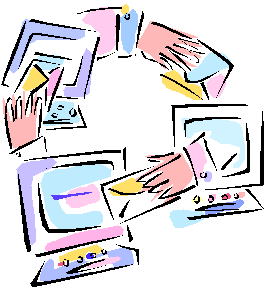A marathon is 26.2 miles. That is a long way! On one early December morning I was getting ready to find out just how long. Up to that moment, my longest running distance was 13.1 miles. I had completed 3 or 4 events of that distance, the most recent about 3 weeks earlier. For those unfamiliar with the “recommended” training regimen for a marathon, by race day the runner should have completed more than one training run of 20+ miles. Needless to say, I was highly under-qualified.

I do not recommend this approach to running a marathon under-trained. In this case, sheer dumb luck combined with determination and encouragement managed to take me to the finish line.
You cannot rely on any of that to expertly perform your medical billing tasks. Proper, complete and up-to-date training is crucial to ensure that you are optimizing claim reimbursement for the medical practice.
 Understanding insurance benefits, payer LCDs and medical policies
Understanding insurance benefits, payer LCDs and medical policies
It is important to have front office staff verify benefit and coverage information for all new patients on or before their first visit. Established patients should have theirs checked once annually in case changes to the coverage have been made.
 Verifying proper medical documentation
Verifying proper medical documentation
Before any charges are sent off to the payer, staff should review the medical records to verify the proper codes are being submitted.
 Knowledge of CCI edits
Knowledge of CCI edits
To understand and prevent denials that read “mutually exclusive”, a thorough knowledge of the concept of CCI edits is crucial. Medical billing software with a built-in claim scrubber can automatically identify CCI code pair conflicts.
 Utilizing EDI transactions
Utilizing EDI transactions
In the field of medical billing we are used to numerical identifiers for many terms. Procedures are converted to 5 digit codes. Diagnoses are indicated by alpha-numeric codes from 3 to five characters long. EDI transactions are no exception:
270/271 representsHealth Care Eligibility Benefit Inquiry and Response, also known as Real Time Eligibility (RTE).
276/277represents Health Care Claim Status Request and Response.
278represents Health Care Services Review Notification, utilized for requesting authorizations.
835/837represents Health Care electronic remittance advice (ERA) and Electronic Claims.
 Investigating rejections and denials
Investigating rejections and denials
In medical billing unpaid claims typically fall into two categories, rejected or denied.
A rejection in most circumstances results from incorrect data being entered on the claim or missing data. It is a biller’s responsibility when receiving a rejection notice to review the rejection message and make the appropriate changes for resubmittal.
Denials are typically based on medical coverage issues, either based on the patient’s policy or the payers general benefit guidelines for the denied service.
With the proper training, you and/or your office staff can have a great “PR” (personal record) when facing the great challenge of medical billing.

Access the free white paper “Medical Billing is a Marathon” for more detailed information.


